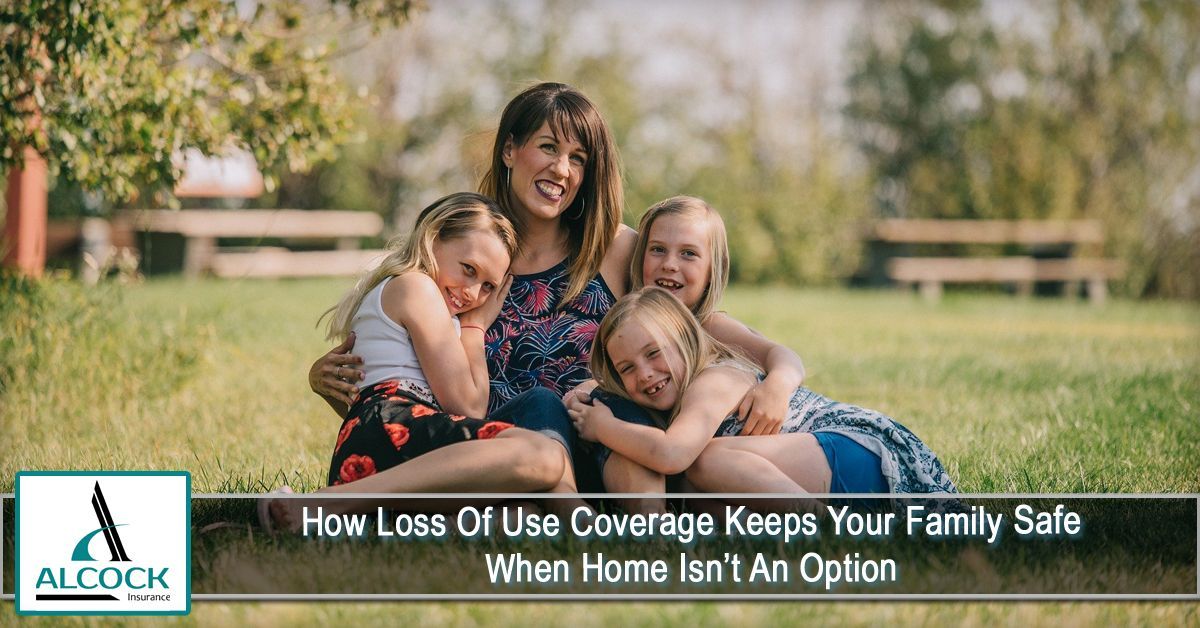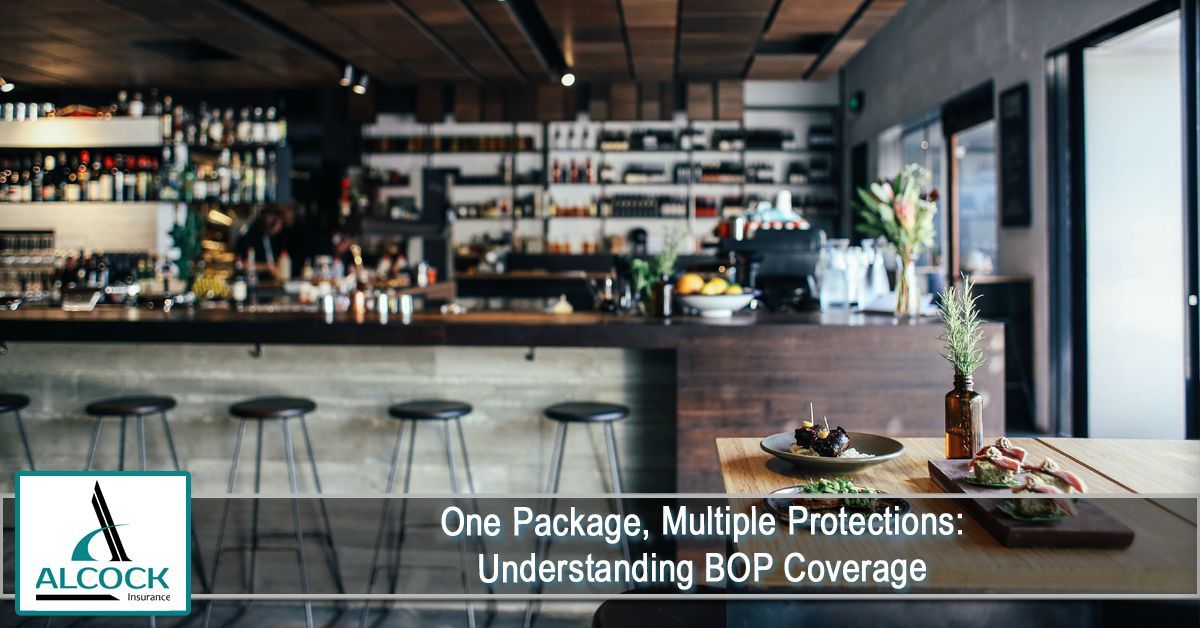
Home insurance can be filled with confusing jargon, making it hard for homeowners to understand exactly what’s covered—and what isn’t. To make informed decisions, it’s essential to know the key terms you’ll encounter in your policy. This glossary breaks down the most important home insurance terms in simple, easy-to-understand language.
1. Premium
- Definition: The amount you pay (monthly, quarterly, or annually) to maintain your insurance coverage.
- Think of it as: A subscription fee for financial protection.
2. Deductible
- Definition: The amount you pay out of pocket before your insurance kicks in for a covered claim.
- Example: If your deductible is $1,000 and your claim is $5,000, you pay $1,000 and the insurer pays $4,000.
3. Coverage Limit
- Definition:
The maximum amount your insurer will pay for a covered loss.
- Tip: Make sure your limits are high enough to rebuild your home or replace belongings.
4. Actual Cash Value (ACV)
- Definition:
The value of your property minus depreciation (wear and tear).
- Example: An old TV damaged in a fire may be reimbursed at a fraction of its original cost.
5. Replacement Cost Value (RCV)
- Definition:
The amount it would cost to replace damaged property with new items of similar kind and quality, without deducting depreciation.
- Benefit: Provides better protection than ACV.
6. Liability Coverage
- Definition:
Pays for legal fees, medical bills, or damages if you’re found responsible for injuring someone or damaging their property.
- Example: A guest slips on your icy driveway and sues you.
7. Additional Living Expenses (ALE)
- Definition:
Covers costs if your home becomes uninhabitable due to a covered loss.
- Example: Pays for hotel stays, meals, and extra expenses while repairs are being made.
8. Perils
- Definition:
Risks or events your policy protects against, such as fire, theft, or windstorms.
- Note: Some perils, like floods or earthquakes, usually require separate coverage.
9. Endorsements (Riders)
- Definition:
Add-ons to your policy that expand or modify coverage.
- Example: A jewelry rider provides higher coverage limits for valuable items.
10. Exclusions
- Definition: Specific events or losses not covered by your policy.
- Example: Floods, earthquakes, and wear-and-tear are common exclusions.
11. Loss of Use
- Definition: Another term for Additional Living Expenses (ALE). Covers temporary relocation costs after a covered loss.
12. Sub-Limits
- Definition:
Special limits within your policy for certain items.
- Example: Jewelry may be covered only up to $1,500 unless you purchase extra coverage.
Tips for Homeowners
- Read Your Policy Carefully – Don’t skip the fine print.
- Ask Questions
– Clarify terms with your insurance agent.
- Review Annually – Make sure your coverage keeps up with changes in home value and belongings.
Conclusion
Understanding home insurance terms like premium, deductible, coverage limits, and exclusions empowers you to make smarter choices about your protection. With this glossary, you’ll be better equipped to read your policy and ensure you’re adequately covered.
The takeaway: The clearer you are on insurance language, the more confident you’ll be in safeguarding your home and finances.
At Alcock Insurance, we are committed to offering our clients a wide range of comprehensive and affordable insurance policies. We go above and beyond to ensure that we meet your unique needs with tailored solutions. To find out more about how we can assist you, please reach out to our agency at (252) 353-1700 or CLICK HERE to request a free, no-obligation quote.
Disclaimer: The content provided in this blog is for informational purposes only and should not be considered professional advice. For personalized guidance, it is important to consult with a qualified insurance agent or professional. They can offer expert advice tailored to your individual situation and help you make well-informed decisions about your insurance coverage.









